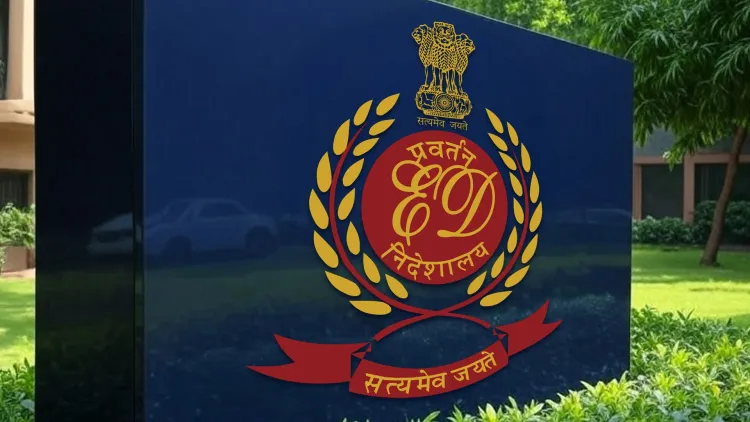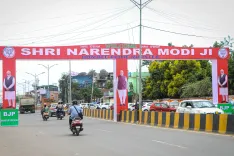Gujarat: Did the ED Return Rs 1.85 Crore to SBI in Sai Prasad PMLA Case?

Synopsis
Key Takeaways
- ED returned Rs 1.85 crore to SBI under PMLA.
- Assets were linked to M/s Sai Prasad Organics Pvt. Ltd fraud case.
- Investigation revealed fraudulent activities by bank officials.
- Restitution showcases commitment to financial justice.
- Case highlights the importance of regulatory diligence.
Surat, July 9 (NationPress) In a significant update under the Prevention of Money Laundering Act (PMLA), the Directorate of Enforcement (ED), Surat Sub Zonal Office, has restored movable assets valued at Rs 1.85 crore - inclusive of accrued interest - to the State Bank of India (SBI).
The assets had previously been seized in relation to the money laundering case involving M/s Sai Prasad Organics Pvt. Ltd and others. This restitution was conducted in compliance with a directive issued by the Special PMLA Court in Ahmedabad Rural.
According to officials, this action underscores the agency's ongoing efforts to trace and recover proceeds of crime, ensuring they are returned to the legitimate claimants, commonly referred to as the “victims of money laundering” under the Act. The ED's investigation was initiated following an FIR (No. 2(E)/2009 dated 29 January 2010) lodged by the CBI's Banking Security and Fraud Cell (BS&FC), Mumbai.
The inquiry unveiled that Manoj Kumar Gupta, who was the Chief Manager at SBI’s Salabatpura branch, fraudulently discounted letters of credit (LC) favoring M/s Sai Prasad Organisers Pvt. Ltd using counterfeit documents. A total of Rs 12.12 crore was illicitly transferred to the account of M/s Sai Prasad Organics Pvt. Ltd between October 8 and October 30, 2009.
In the course of the investigation, the ED provisionally attached movable assets worth Rs 1.16 crore through Attachment Order No. 01/2015 dated March 25, 2015. This attachment was later ratified by the Adjudicating Authority, PMLA, New Delhi, on July 6, 2015.
A prosecution complaint was also lodged before the Special Court in Ahmedabad against Gupta and others. During the trial proceedings, SBI submitted an application under Section 8 of the PMLA requesting the restitution of the seized properties.
The ED did not contest this request, leading the court to subsequently endorse the return of the assets to the bank. Officials highlighted that this case exemplifies the Directorate’s dedication to ensuring that defrauded institutions receive compensation, and that proceeds of crime are reintroduced into the legitimate financial system.






